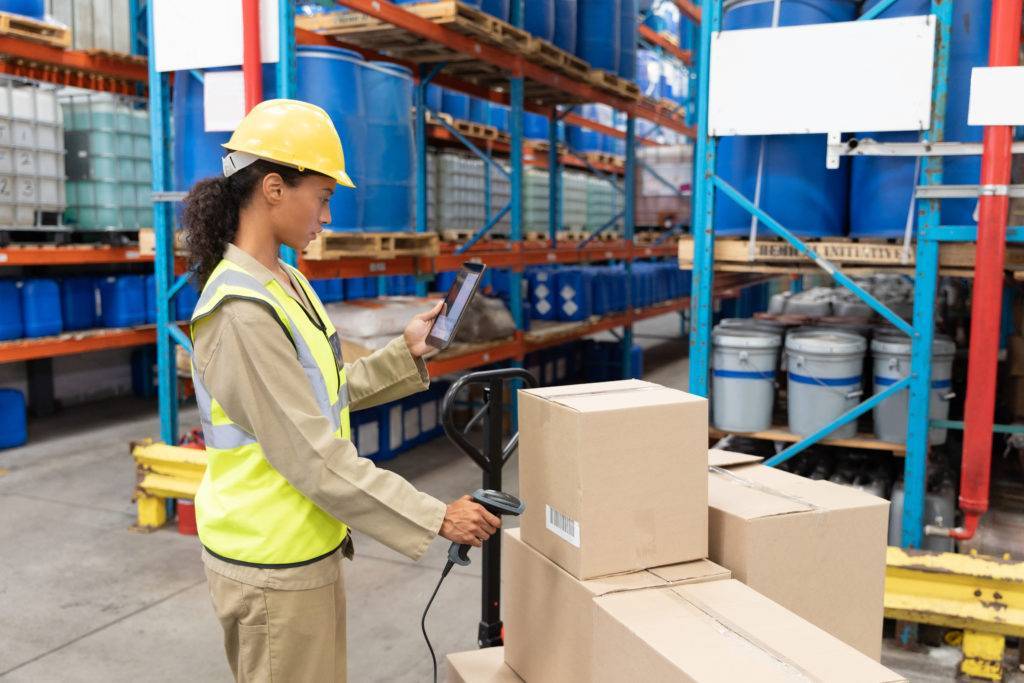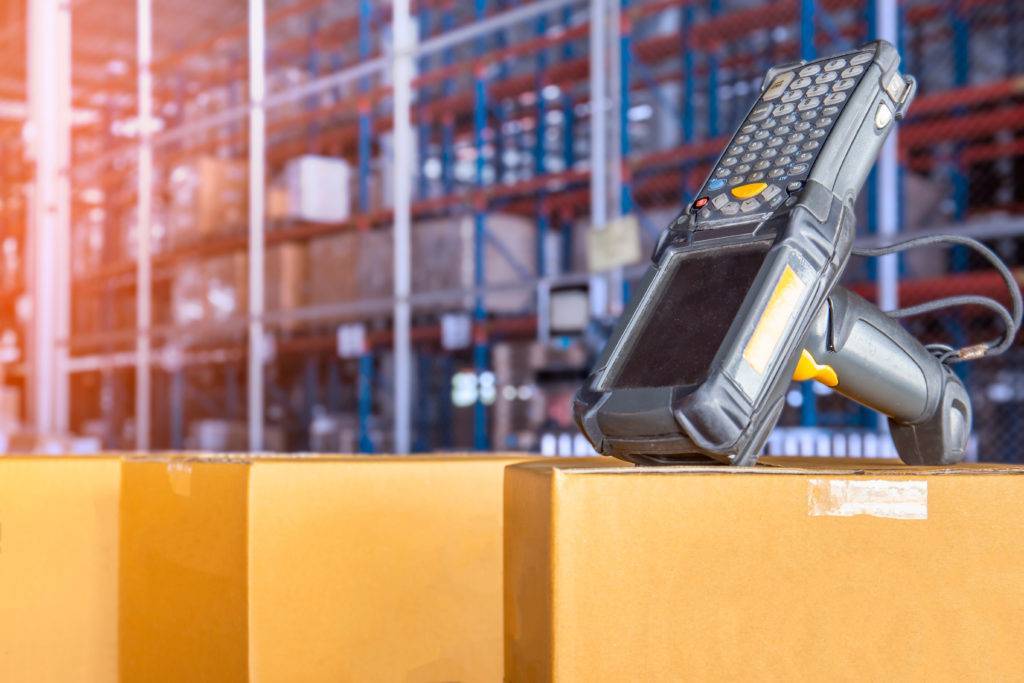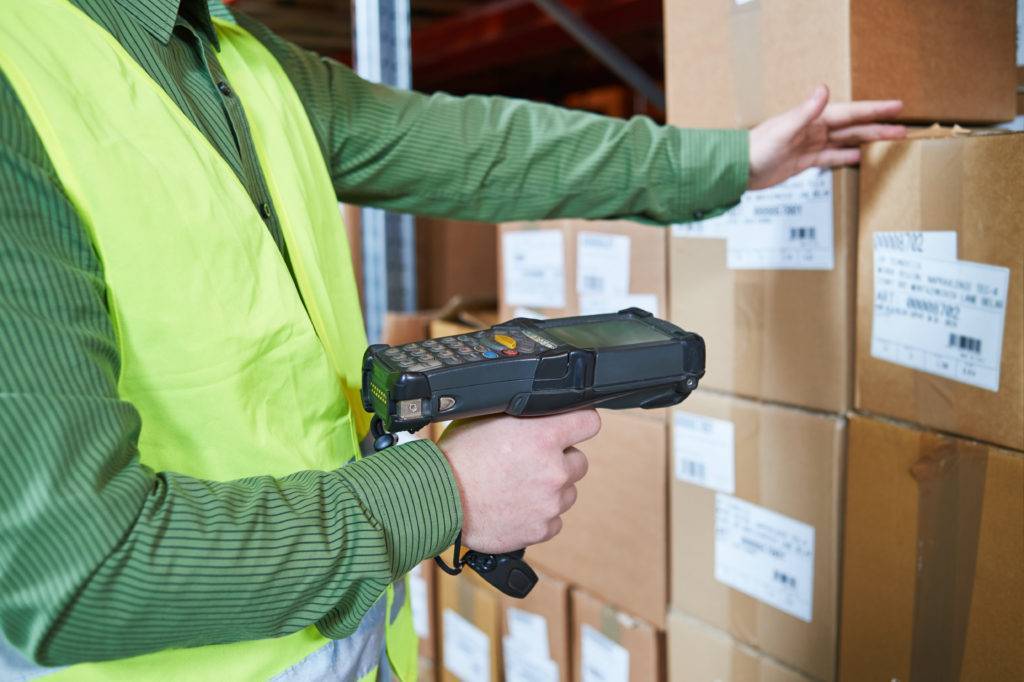
One of the biggest innovations within the logistics sector has been its use of logistics warehouse automation.
What was once a very labour-intensive industry has now been simplified with many firms now heavily reliant on artificial intelligence (AI) and robots in order to help employees keep pace in a world in which consumerism demand is at an all-time high.
Heavy loads are no longer heavy. Transportation and material handling across warehouses has been made seamless. Maintaining and retaining data within an automated warehouse is easier than ever before.
In this blog, our director, Will Evans, talks through the role that exceptional network design and wireless solutions play in logistics and how they can help your business achieve its automation goals.
As important as logistics warehouse automation is, what challenges can you face?
For logistics companies, automation is very important to the day-to-day output but when things go wrong, it can do so to the extent that it halts production entirely, creates a wide range of mistakes, or leaves that business compromised.
A big issue at hand here is connectivity and communication. Just as people thrive when they have clear lines of communication and instructions, a robotics solution also requires them to do their job. If one of those signals doesn’t hit, it can be detrimental to the entire operation and force human intervention.

Take a certain product being loaded up and moved around, as an example. To keep track, it requires barcodes to be scanned and sent back to the WMS (Warehouse Management System). If that’s not reached, it affects the data and requires human intervention.
No one wants a logistical nightmare – so what do businesses need to do to keep their operations online?
Design, the right equipment, and vendors are crucial. We often see the wrong equipment implemented into a critical WiFi setup. The products initially seem like an attractive proposition, mainly because of the price point.
They are seen as the go-to for a “value” WiFi installation but careful consideration is required when looking at your return on investment compared to enterprise technology partners and vendors like Cisco, Ruckus, Extreme and Aruba.

As always, design is always key in this environment, but if the equipment or firmware has issues, vendor warranties, replacement contracts and network support can make a big difference in the resilience of the network and your operations.
Just how important is it to have good connectivity and a clear pathway?
Very important, your business will depend on it. Here are a couple of common issues we see:
Too little coverage
With a standard WiFi device, you can see the rough signal that it is operating at, whether that is at one, two or three bars. If you’re too far away from that warehouse wireless access point, the transmitter within your mobile device – a phone for example – won’t be able to talk back to it. Hence you lose data.
It’s exactly the same with logistics warehouse automation, just on a larger and more demanding scale. Think of access points as megaphones that are blasting out instructions and, in areas with too little coverage, the devices either can’t hear them as they are too far away or get a few words but not the full sentence!
Too much coverage
If you’re in a big warehouse containing too many access points, sure you can see the signal, but you’re dealing with a lot of these points trying to talk to each other at the same time, therefore you can have too much WiFi!
This can lead to the following scenarios:
- The device clings onto the “wrong access point” when it moves around the building, when it should, instead, have moved to the neighbouring access point, meaning it’s operating at low signal levels and drops out or misses part of the communication.
- Your devices are trying to hear or talk back to an access point but can’t be heard due to noise from other neighbouring access points which are too loud and too close (think trying to shout something to a friend 10 meters away, in a crowd during a concert!).
Therefore each access point needs to cover a tightly defined space so the devices can only hear them where they need to and can’t when they should be talking to another access point in another area.

If your network hasn’t been designed with the above in mind, it’s highly likely you will have problems.
How can you ensure you get the best connection within your setup?
WiFi doesn’t traditionally get on too well in logistics environments, as it has to compete with high racking, long aisles, constantly changing good types and densities, lots of metal, and very high ceilings.
It can be a nightmare if the WiFi solution isn’t designed right. You need to understand how the signal will interact with your facilities layout and how to guarantee coverage, but not too much coverage!
Typically, a big problem logistics firms face is with what’s inside a warehouse, huge racking being a good example of that. What’s loaded on that racking changes on a frequent basis and this significantly affects how far a signal from an access point can travel. Again, the design is key. If you get that right, what is on that racking will not impact it at all.
How do you get the best out of your logistics warehouse automation process?
One of the biggest issues with an automated warehouse comes down to trust. Warehouse managers – people in general, really – struggle to trust warehouse automation technology and machines to do the job for them.
We’ve seen warehouse managers return to more basic setups with handheld devices, purely because they don’t trust the automation solutions to do the correct job. That poses huge issues themselves and slows processes down.
Design, design, design. If you do not design the WIFi correctly, no amount of tweaking with the settings will help. You cannot build on bad foundations.

A lot of manufacturers work to a ‘Just In Time’ workflow or order fulfilment process and they rely heavily on getting that stock to its destination on time. Simply put, that doesn’t happen if the WiFi breaks.
If WiFi doesn’t work, it is costing businesses money and what a good setup will cost you in comparison to what a bad one can cost a business on productivity is incomparable.
What are the benefits of improving and investing properly in your Wifi solution?
Every hour is precious in a logistics environment and by investing in a slick and well-constructed wireless network solution, a business will see its automation processes working seamlessly and talking freely with the right access points. The biggest benefit of that, of course, is enhanced productivity and a slick operation.
How do you know if your current solution is right for you and your logistics needs?
Businesses, even outside of logistics, are investing a lot of capital right now into automation. WiFi is a very small percentage of that capital, but crucially, it is that small percentage that is allowing the automation to work to its full capability.
A WiFi site survey will be able to determine straight off the bat whether a business’ current setup will be able to cope once automation is implemented into the operation.
Can we help you?
Do you need more advice on logistics warehouse automation or are you having trouble with your wireless network WiFi solution? If so, you can reach out to us at enquiries@performancenetworks.co.uk and a member of our team will get in touch with you.
Image credit: Shutterstock